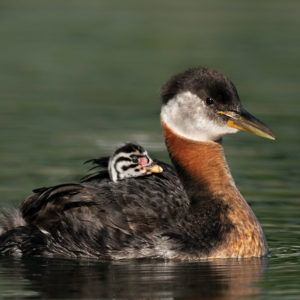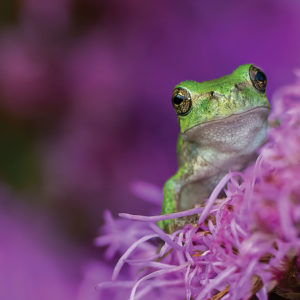Fun Summer Guide to Recognizing Butterflies in Your City!
When thinking of Canadian butterflies, the Monarch Butterfly comes to mind. However, there are many other species of Canadian butterflies that you can learn to recognize!
Here is a handy guide to some of the most popular Canadian butterflies you can look out for this summer!
Monarch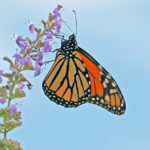
The Monarch Butterfly is easy to recognize with its distinct orange wings with black veins and a double row of white spots along the edge of the wings. Monarchs are found across most of Canada, ranging from Newfoundland to British Columbia. They are one of the biggest butterflies in Canada, having a wingspan of approximately 9 to 10 cm.
Their diet mainly consists of flower nectar from a variety of different flowering plants. However, in their larval stages, the common milkweed is extremely important as its toxins make monarchs inedible to birds, having the plant’s poison stored and passed onto adulthood. Monarchs will make remarkable journeys to sites in Mexico and California over the winter months, travelling up to 4000 km! They typically make their way back to Canada by late May and start migrating again by September.
Viceroy
Perhaps you’ve looked in your garden and spotted a small Monarch Butterfly. Chances are you spotted a Viceroy Butterfly. These smaller butterflies have mastered the Monarch mimicry, making them less likely to be attacked by a predator. These butterflies can be found between the Atlantic Provinces to the Prairies from late May to September, and prefer to make wetlands their habitat of choice!
Red Admiral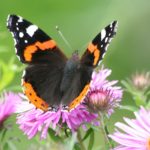
Another common butterfly is the red admiral, which is found all across Canada. Its wingspan measures between 4.5 to 5.7 cm, and is recognizable by the black wings with a red band on the top and bottom wing portions. Like most Canadian butterflies, it is first seen in May and departs further south in September. For such a small butterfly, it is fairly aggressive and territorial, preferring to live in wood clearings or even empty downtown lots.
Canadian Tiger Swallowtail
One of the most common butterflies in Cana da is the Canadian Tiger Swallowtail, which can be found across all of the provinces and territories, except Labrador. You will most likely see these butterflies in open woodlands, but every now again, they can be spotted in your own backyard! They are recognizable by their yellow wings with black veins and a thick black band at the edge of both wings. The name ‘swallowtail’ comes from the fact that at the bottom of the wings there is an extension that resembles the long tail of swallows.
da is the Canadian Tiger Swallowtail, which can be found across all of the provinces and territories, except Labrador. You will most likely see these butterflies in open woodlands, but every now again, they can be spotted in your own backyard! They are recognizable by their yellow wings with black veins and a thick black band at the edge of both wings. The name ‘swallowtail’ comes from the fact that at the bottom of the wings there is an extension that resembles the long tail of swallows.
Although there are many more butterflies out there in Canada, the main fact to remember is that they are all vital pollinators and important members of our ecosystems. You can help them by planting butterfly friendly plants, providing water sources, and keeping some sunny patches for them in your garden!
This month’s calendar image is of a Golden Birdwing (Troides Rhadamantus). This species is not native to Canada but it brings light to the amazing variety of butterflies found around the world.
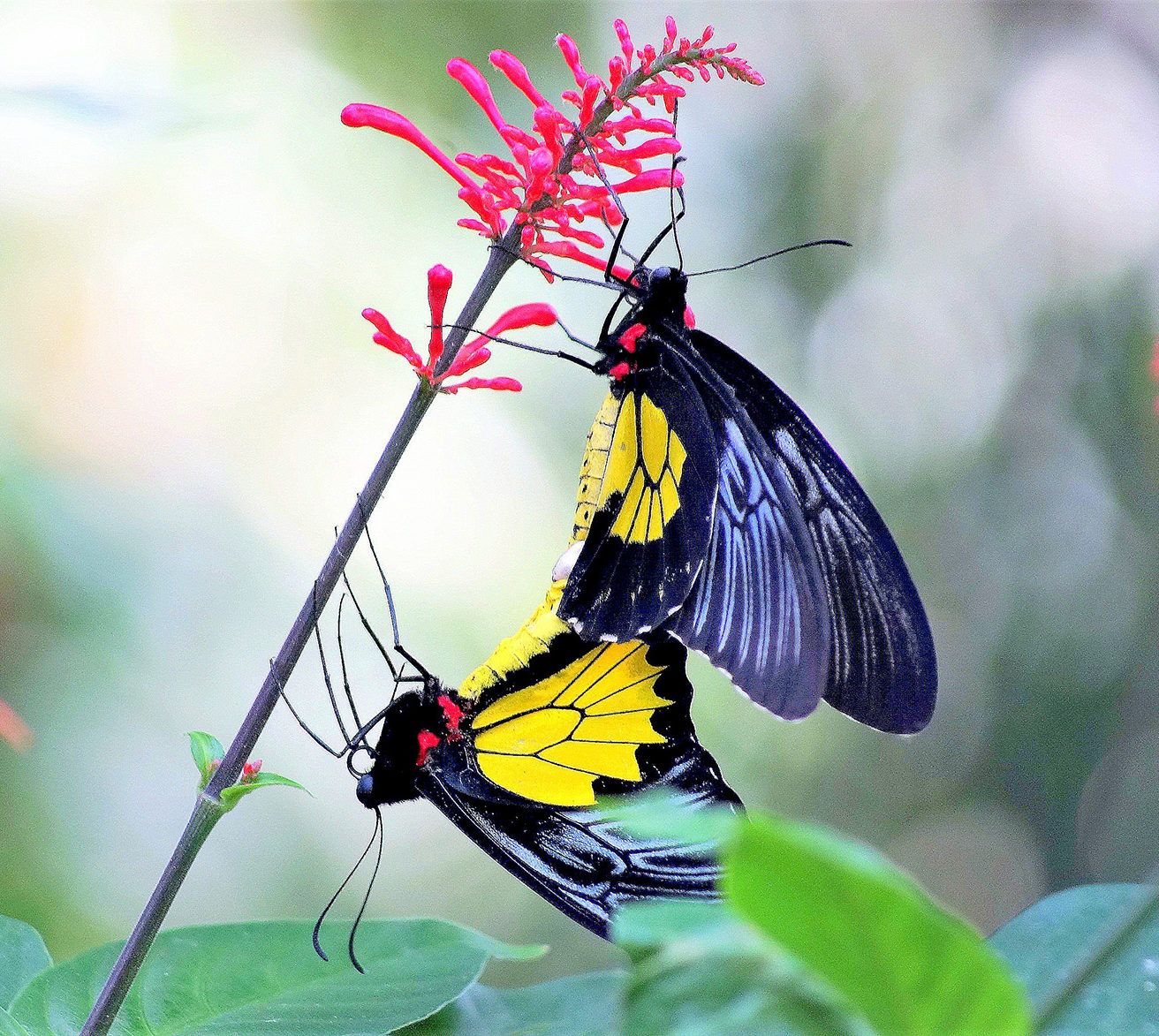
Photo by Charlene Carr


